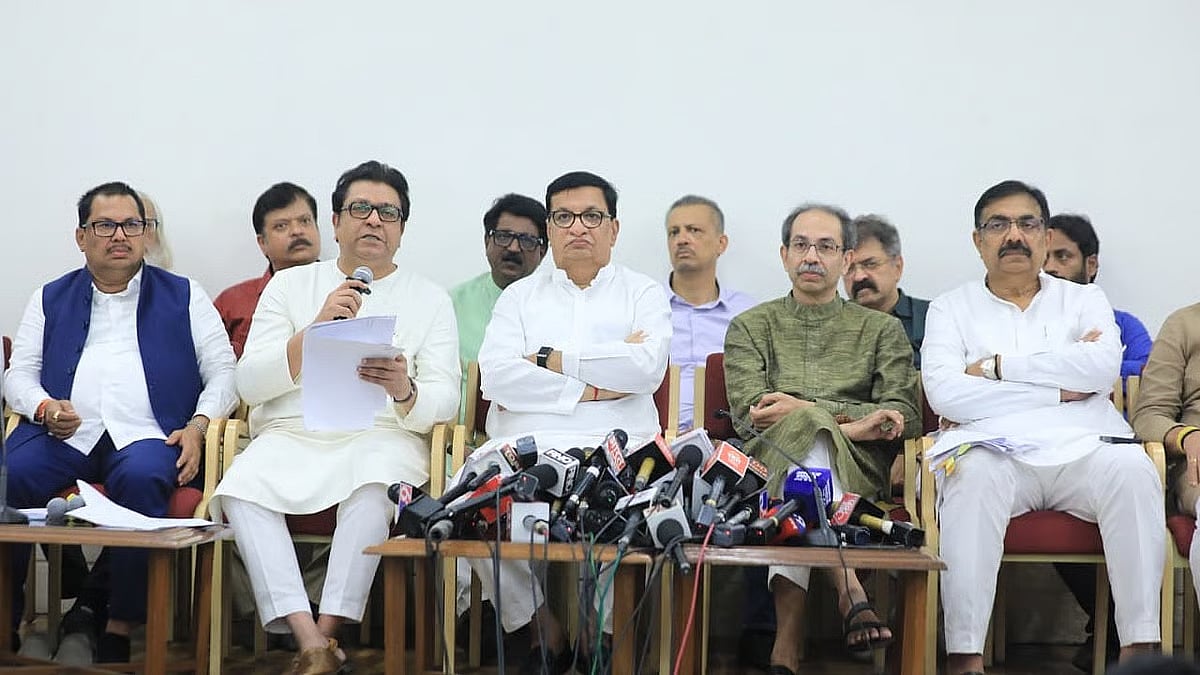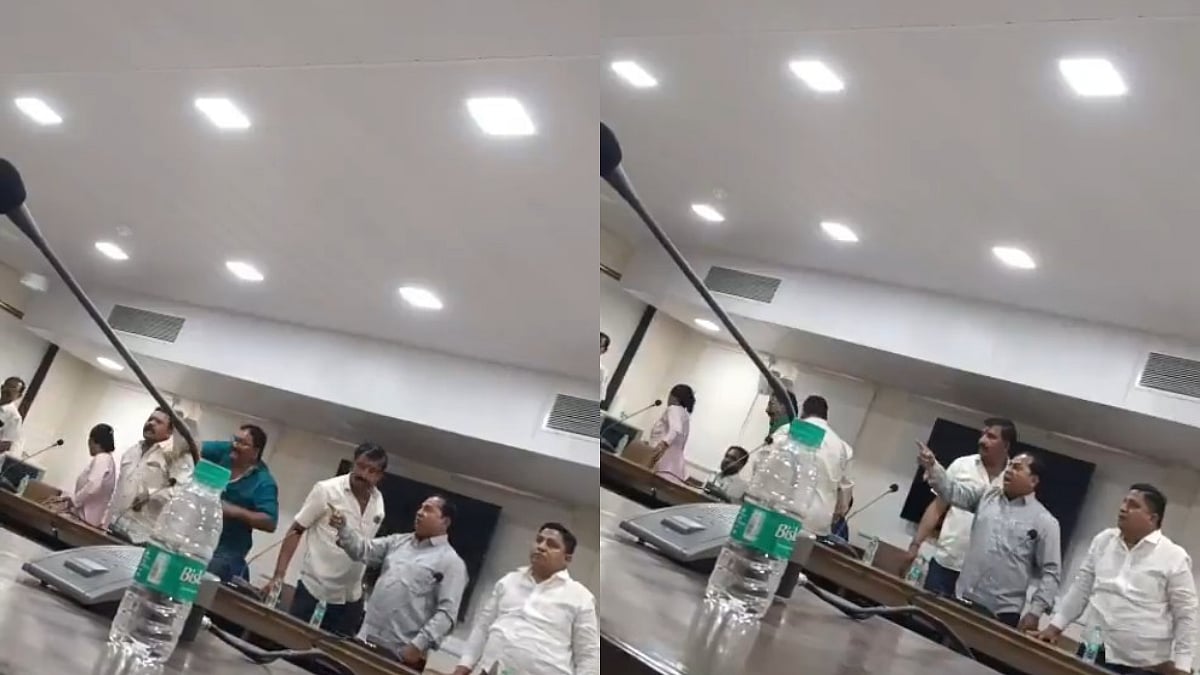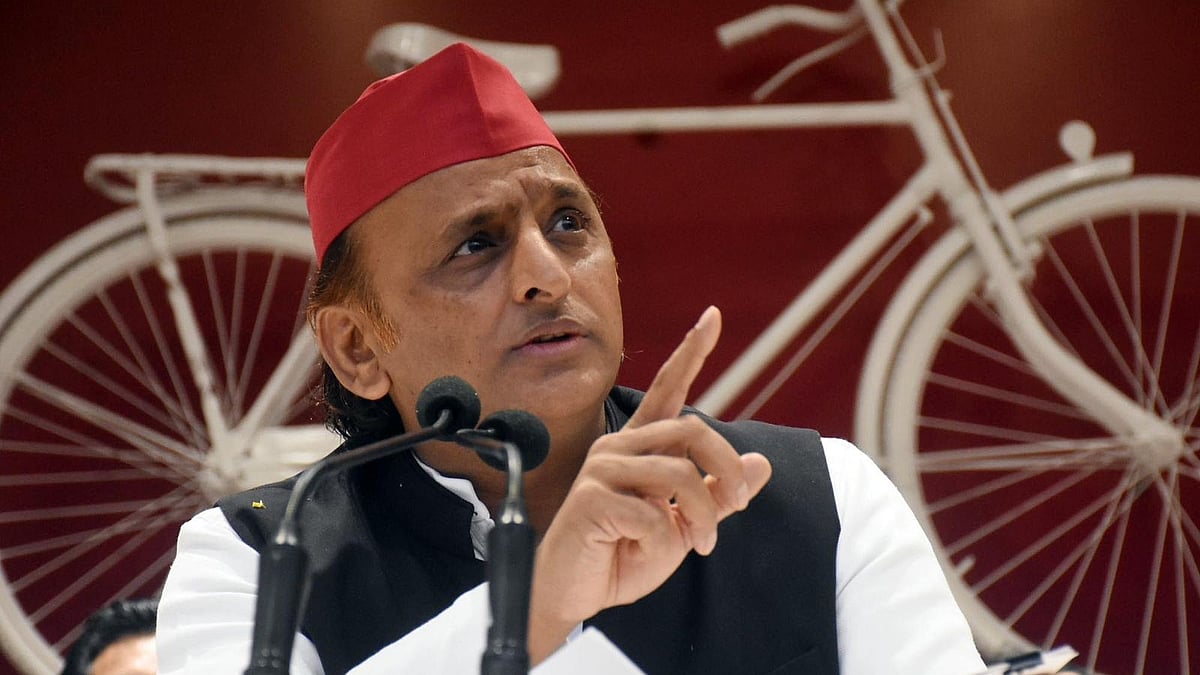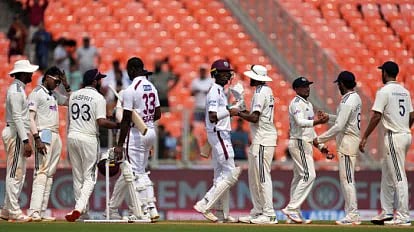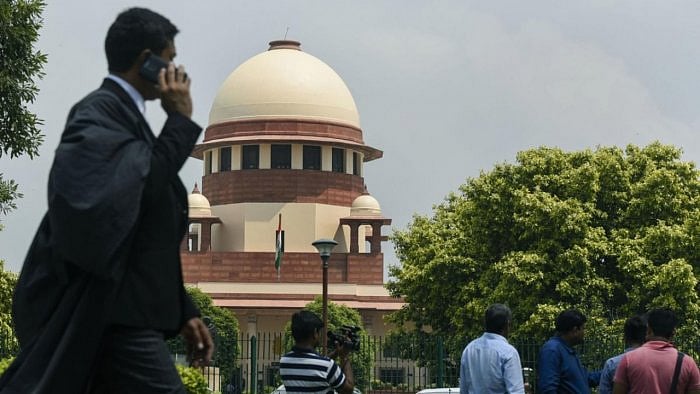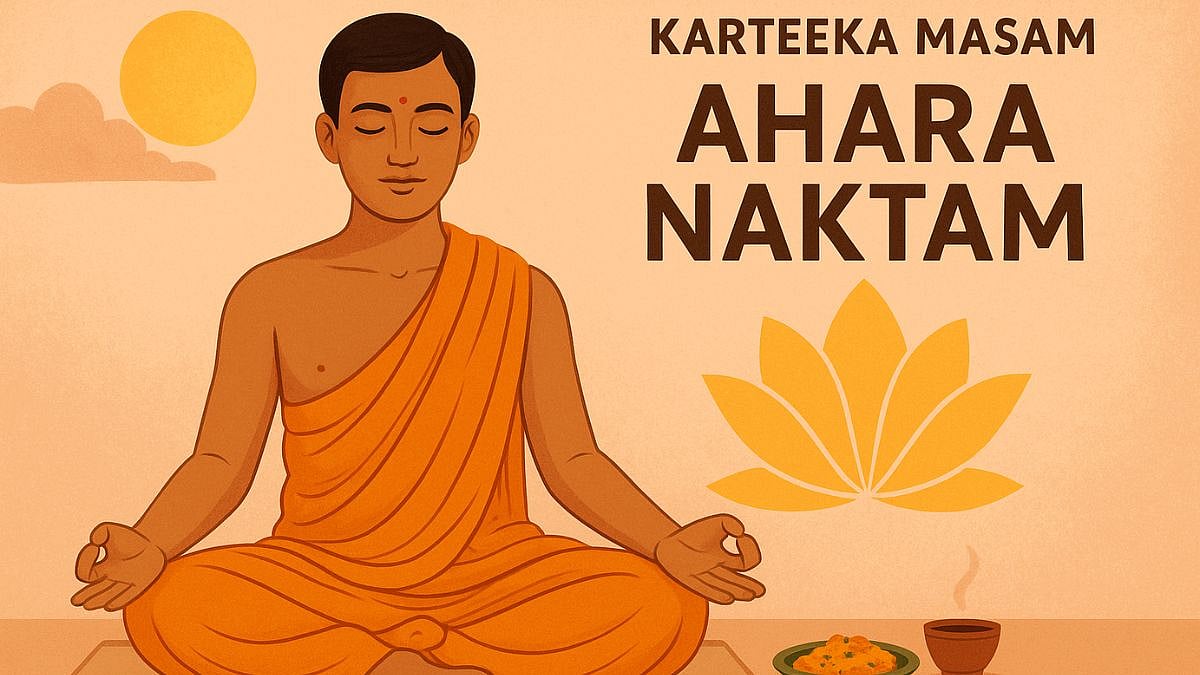India has shown industrialised countries they can no longer have their way in multilateral trade negotiations at the expense of the developing world. The WTO General Council meeting that concluded in Geneva on July 31 failed to approve the protocol
of amendment proposed by the 9th ministerial
conference in Bali for enshrining the Trade Facilitation Agreement (TFA) into the WTO Marrakesh Agreement.
The general council meeting that extended beyond midnight could not resolve the issue, as India insisted that talks on food security and public stockholding for the purpose should move at the same pace with that for TFA. India has said that there has been lack of progress towards finding a permanent solution to its food security concerns.
In the Bali Ministerial last December, the developed countries contested India’s new National Food Security Programme, saying that it breaches its permissible level of 10 per cent de minimis subsidy level. Under the stiff opposition of developed countries in Bali, India had to settle for an interim Peace Clause arrangement until a permanent solution was found at the 11th WTO Ministerial Meeting in 2017, under the agreement on ‘Public Stockholding for Food Security Purposes.’
Strangely, the Bali Ministerial concluded without discussions on the WTO Agreement on agriculture that still remains heavily weighted in favour of the developed world. The subsidies given to agriculture in developed countries run into billions of dollars. There has been slow progress in eliminating export subsidies given by the developed world agreed upon nine years ago and that were to have been eliminated by 2013.
The erstwhile UPA government that got the Food Security Act 2013 enacted, rendering the right to food to two-thirds of India’s population, or 820 million people, buckled to pressure and accepted a temporary solution through a Peace Clause, ensuring that member countries would not sue India in the dispute settlement mechanism even if its de minimis subsidies went beyond the 10 per cent permissible limits. By offering this temporary solution, the US managed to get binding commitments from developing countries on the agreement on Trade Facilitation, that would require countries to invest in infrastructure to speed up customs clearances and help facilitate trade. Trade facilitation is nothing but import facilitation and requires upgrading infrastructure at borders, ports, and custom procedures to boost excessive imports from developed countries. The Bali Ministerial further mandated to approve by July 31, 2014, the protocol of amendment enshrining the TFA into the WTO Marrakesh Agreement, while a permanent solution to the food security concerns of India and other developing countries would be decided in 2017.
It is laudable that the new NDA government under Prime Minister Narendra Modi had cognised the injustice done to food security concerns of the developing world. This is the first time that India has vetoed a proposal in the WTO, not caring for being isolated. A few countries like Bolivia, Cuba, South Africa, Venezuela and Zimbabwe backed India.
According to the Peace Clause agreed upon in Bali, India will find it difficult to expand its food security by including more crops or by increasing support prices to farmers. It will be limited to staples like wheat and rice. Pulses and cooking oil will not be considered as items for food security. Countries that do not have public procurement and stockholding for food security cannot initiate the process. Stringent conditionalities are imposed by this agreement, which says that member states must ensure ‘that stocks procured under such programmes do not distort trade’, and do not adversely affect the food security of other members. These are quite broad, and any large domestic programme can be challenged later as trade distorting.
Compared to the massive trade distorting subsidies given by the US and the EU, India’s subsidy under the new food security programme is only Rs 90,000 crore and is intended to fulfil the UN Millennium Development Goals.
The European Union gives massive subsdies to only five per cent of its citizens engaged in farming, which generates just 1.6 per cent of its GDP. The EU’s Common Agriculture Policy (CAP) accounts for more than 40 per cent of its annual budget. Strangely, subsidies are also given for keeping the lands fallow, citing environmental reasons.
At present, direct payments and price support account for more than 70 per cent of the CAP budget, while rural development gets less than a quarter. Direct payments account for more than half of the farmers’ income in EU. The average annual subsidy per farm is about 12,200 euro or 10,374 pounds. Large agri-businesses and big landowners get more from CAP than Europe’s small farmers who rely on traditional methods and local markets. About 80 per cent of the assistance goes to about a quarter of EU farmers, with large landholdings like the British royal family and European aristocrats, with big inherited estates. The older 15 EU members benefit more than the new members.
The United States is not behind in the race. The US food stamp programme is pegged at $60 to 70 billion every year. The support given to farmers in US is less transparent than that in the EU. The 2013 US Farm Bill gives unlimited crop insurance subsidy. Crop insurance subsidies flow largely to agri-business corporations and farmers with large landholdings.Unlike other farm subsidies, crop insurance subsidies are not subject to means testing or payment limits and farmers are not required to adopt basic environmental protects. The crop insurance scheme cost the taxpayers about $9 billion a year.

